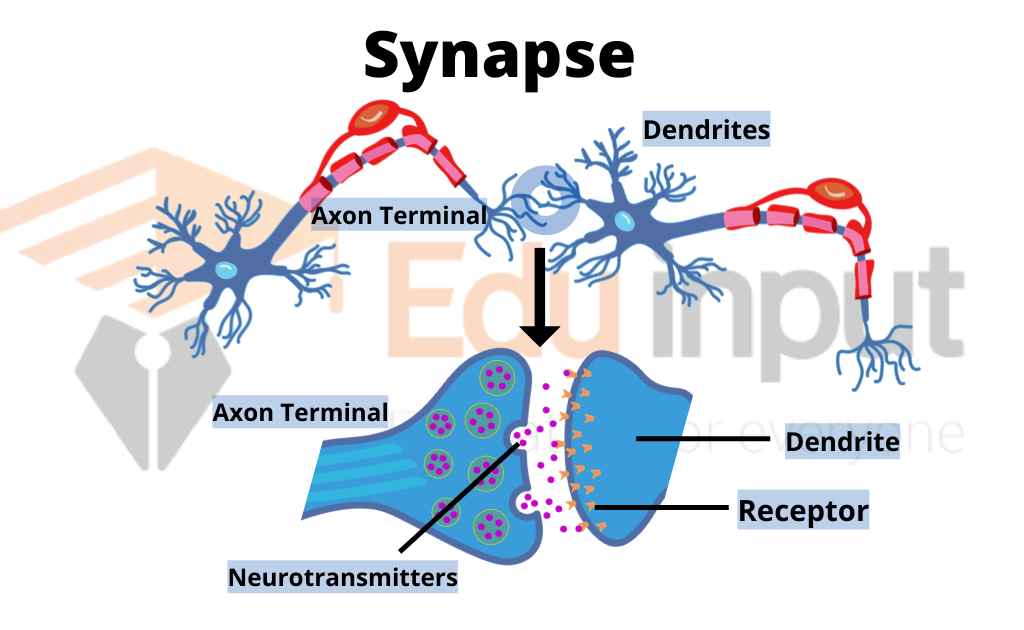Why Chemical Synapse Is Unidirectional?
Chemical synapses are unidirectional because the neurotransmitters that transmit the signal are released from the presynaptic neuron and bind to receptors on the postsynaptic neuron.
The receptors are only present on the postsynaptic membrane, so the signal cannot travel back to the presynaptic neuron.
There are a few factors that contribute to the unidirectionality of chemical synapses. One is the structure of the synapse.
The presynaptic neuron has vesicles that contain the neurotransmitters, and these vesicles are only released at the presynaptic membrane.
The postsynaptic neuron has receptors for the neurotransmitters, but these receptors are only present on the postsynaptic membrane.
Another factor is the recycling of neurotransmitters. After a neurotransmitter is released, it is either taken back up by the presynaptic neuron or broken down by enzymes.
This recycling process prevents the neurotransmitters from binding to receptors on the presynaptic neuron.
Electrical properties of the synapse also contribute to its unidirectionality. The presynaptic neuron has a higher resting potential than the postsynaptic neuron.
It means that there is a greater electrochemical gradient for the neurotransmitters to diffuse across the synaptic cleft.
Also learn about:







Leave a Reply